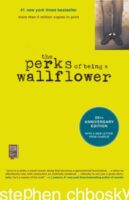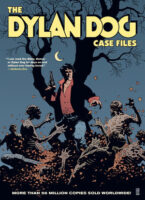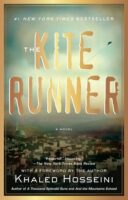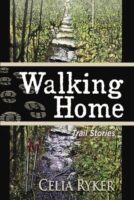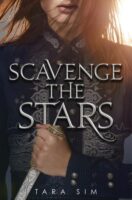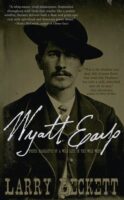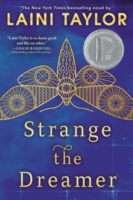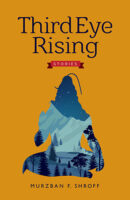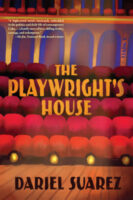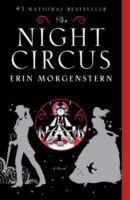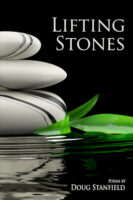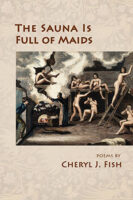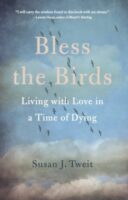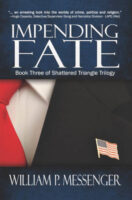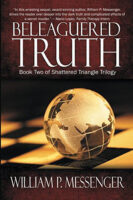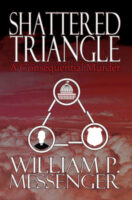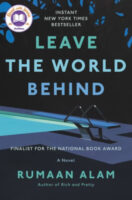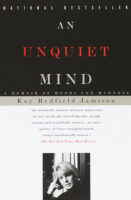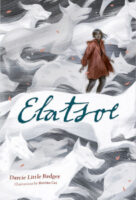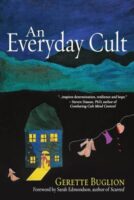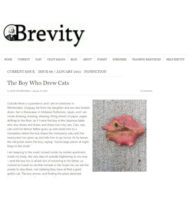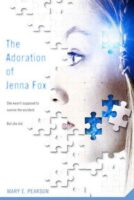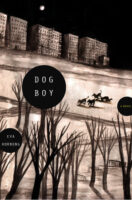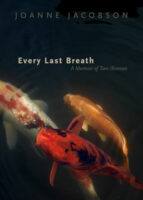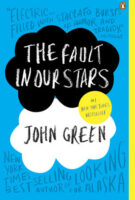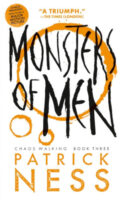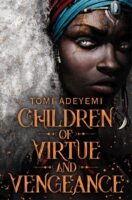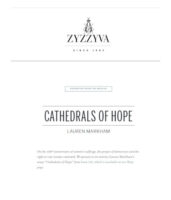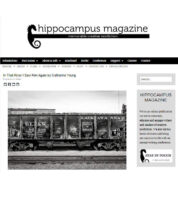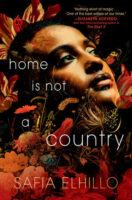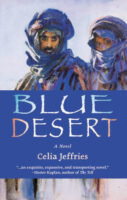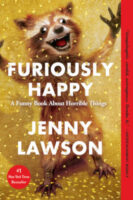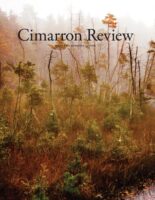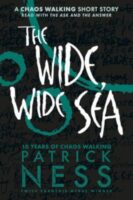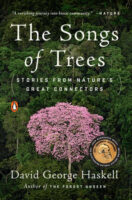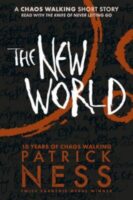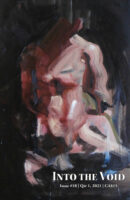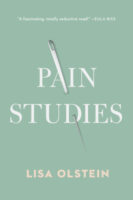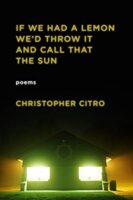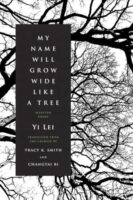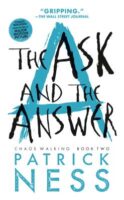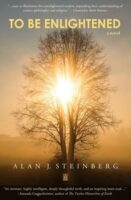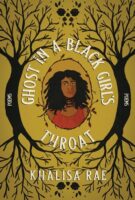Guest Post by Natalie Hess.
The emotional impact that Stephen Chbosky’s The Perks of Being a Wallflower had on me from the very beginning was incredible. This story is told through letters to an anonymous friend, and it depicts the life of Charlie, a teenage boy, who is simply growing up. Everything about this novel is so real.
Chbosky does not try to sugarcoat the hardships of life and what it’s like to discover those hardships and have to live with them. Charlie experiences everything from the death of a loved one, drugs and alcohol, and sexual assault, to building different kinds of relationships with people and learning to trust and be there for them. Charlie (as well as many side characters) go through so much, and it’s similar to what so many real people experience all the time, which makes this read heartbreaking and exhilarating and confusing and amazing and miserable all at once. But it’s life. And this book did such a good job of depicting real life that I would highly recommend it, especially for those of us who still have some growing up to do.
The Perks of Being a Wallflower by Stephen Chbosky. Pocket Books, February 1999.
Reviewer bio: I’m Natalie Hess and I’m simply a high school student who LOVES reading everything from scifi to romance to nonfiction and everything in between. I also love sharing my thoughts and I hope you enjoy!
Buy this book from our affiliate Bookshop.org.

